This article was medically reviewed by Jonas DeMuro, MD. Dr. DeMuro is a board certified Pediatric Critical Care Surgeon in New York. He received his MD from Stony Brook University School of Medicine in 1996. He completed his fellowship in Surgical Critical Care at North Shore-Long Island Jewish Health System and was a previous American College of Surgeons (ACS) Fellow.
wikiHow marks an article as reader-approved once it receives enough positive feedback. This article received 12 testimonials and 87% of readers who voted found it helpful, earning it our reader-approved status.
This article has been viewed 1,538,400 times.
Yikes! You've got a cut and it looks pretty nasty. Sometimes it's hard to tell if the open wound is in need of stitches, which help it heal properly and reduce scarring. If you're not sure whether or not it deserves stitching and want to save yourself an unnecessary trip to the hospital if it doesn't, here are some helpful tips and methods you can use to find out if your open wound is really in need of serious medical attention.
Steps
Reasons You Should Visit the Doctor Immediately
-
1Try to stop the bleeding as well as you can. Elevate the injured body part above the level of the heart, as this can help to diminish bleeding. Use a clean cloth or slightly damp paper towel, and apply firm pressure to the open wound for about 5 minutes.[1] Then, remove the cloth or paper towel to check if it's still bleeding.
- If it's bleeding is significant, do not proceed to any other steps and go to the hospital immediately.[2]
- If the bleeding is uncontrollable, or blood is gushing from the wound, call emergency services immediately, as this can be life threatening.
-
2Check if an object is lodged in the area of the wound. If there is foreign material present in the injury, it is always important to see a doctor right away.[3] This is because of the risk of infection, the need to assess if and how the object can be removed safely, as well as the possibility of needing stitches.
- Do not try to remove the object. Sometimes the object helps to stop the wound from bleeding excessively. If there is anything stuck in the wound, you should see a doctor in the emergency room immediately.[4]
Advertisement -
3See a doctor immediately if the cut has been caused by a human or animal bite. These cuts pose a much higher risk of infection, you may need to be vaccinated for prevention, and receive antibiotics, so regardless of whether stitches are needed you should seek professional medical help.[5]
-
4Consider the area of the injury. If the cut is on the face, the hands, the mouth, or the genitals it is important to be seen by a doctor, as you may need stitching for cosmetic reasons and proper healing.[6]
Knowing When a Cut Needs Stitches
-
1Understand why stitches are used. Stitches have a multitude of uses. The most common reasons to get stitches are:[7]
- To close a wound that is too big to be closed otherwise. Using stitches to bring the edges of the wound together can help to speed up healing.
- To prevent infection. If you have a large, gaping wound, closing it with stitches can help to minimize the risk of infection (as skin that is broken open, especially large, gaping wounds, are a prime target for an infection to enter the body).
- To prevent or reduce scarring after your wound heals. This is especially important when the cut is on areas of the body that are more cosmetically important, such as the face.
-
2Consider the depth of the wound. If it is greater than 1/4 inch deep, the wound may be eligible for stitching. If it's deep enough that you can see yellow fatty tissue, or even bone, you should definitely see a doctor for treatment.[8]
-
3Evaluate the width of the wound. Are the edges of the wound close together, or do they need to be pulled together to cover the exposed tissue? If the edges of the wound need to be pulled together to cover a gap of exposed tissue, this is an indication that stitches may be required. By pulling the edges of the wound close enough to where they can touch, stitches can help to speed healing.[9]
-
4Look at the location of the wound. If the open wound is located on a specific area of the body where there is a lot of movement involved, it will most likely need stitching to prevent re-opening of the wound caused by movement and stretching of the skin. For example, an open wound on the knee joint or fingers (especially where joints connect) would be eligible for stitches whereas an open wound on the thigh would not really need stitching.[10]
-
5Ask your doctor about getting a tetanus shot. Tetanus shots last no longer than 10 years and then you'll have to be re-vaccinated. If you have an open wound and it's been longer than 10 years since you've had a tetanus shot, go to the hospital.[11]
- While you are at the hospital, you can have the doctor evaluate the cut also to see if it will need stitching.
Expert Q&A
Did you know you can get expert answers for this article?
Unlock expert answers by supporting wikiHow
-
QuestionDoes my toe need stitches if it is still bleeding a few days after it was cut?
 Jonas DeMuro, MDDr. DeMuro is a board certified Pediatric Critical Care Surgeon in New York. He received his MD from Stony Brook University School of Medicine in 1996. He completed his fellowship in Surgical Critical Care at North Shore-Long Island Jewish Health System and was a previous American College of Surgeons (ACS) Fellow.
Jonas DeMuro, MDDr. DeMuro is a board certified Pediatric Critical Care Surgeon in New York. He received his MD from Stony Brook University School of Medicine in 1996. He completed his fellowship in Surgical Critical Care at North Shore-Long Island Jewish Health System and was a previous American College of Surgeons (ACS) Fellow.
Board Certified Critical Care Surgeon
-
QuestionWhat if the cut is on my brain?
 Jonas DeMuro, MDDr. DeMuro is a board certified Pediatric Critical Care Surgeon in New York. He received his MD from Stony Brook University School of Medicine in 1996. He completed his fellowship in Surgical Critical Care at North Shore-Long Island Jewish Health System and was a previous American College of Surgeons (ACS) Fellow.
Jonas DeMuro, MDDr. DeMuro is a board certified Pediatric Critical Care Surgeon in New York. He received his MD from Stony Brook University School of Medicine in 1996. He completed his fellowship in Surgical Critical Care at North Shore-Long Island Jewish Health System and was a previous American College of Surgeons (ACS) Fellow.
Board Certified Critical Care Surgeon Any cut that is so deep that it involves the skull or brain tissue would definitely need to be seen immediately at the hospital for assessment by a neurosurgeon. It would also require imaging, such as a head CT. This is a medical emergency and should be treated without delay. It is not something you can figure out or treat on your own.
Any cut that is so deep that it involves the skull or brain tissue would definitely need to be seen immediately at the hospital for assessment by a neurosurgeon. It would also require imaging, such as a head CT. This is a medical emergency and should be treated without delay. It is not something you can figure out or treat on your own.
Warnings
- Always get to the hospital if there is uncontrollable or persistent bleeding or the wound is contaminated.⧼thumbs_response⧽
- Always keep up to date with vaccinations and shots to prevent severe infections and disease.⧼thumbs_response⧽
References
- ↑ http://www.nhs.uk/chq/Pages/1048.aspx?CategoryID=72&
- ↑ http://firstaid.about.com/od/softtissueinjuries/a/06_stitches.htm
- ↑ http://www.nhs.uk/chq/Pages/1048.aspx?CategoryID=72&
- ↑ http://consumer.healthday.com/encyclopedia/first-aid-and-emergencies-20/emergencies-and-first-aid-news-227/cuts-and-stitches-644518.html
- ↑ http://www.nhs.uk/chq/Pages/1048.aspx?CategoryID=72&
- ↑ http://www.nhs.uk/chq/Pages/1048.aspx?CategoryID=72&
- ↑ http://firstaid.about.com/od/softtissueinjuries/a/06_stitches.htm
- ↑ http://firstaid.about.com/od/softtissueinjuries/a/06_stitches.htm
- ↑ http://firstaid.about.com/od/softtissueinjuries/a/06_stitches.htm
About This Article
If you or someone near you has a deep cut, start by putting pressure on the wound for 5 minutes with a clean cloth. If the bleeding doesn't stop, call emergency services immediately. However, even if the bleeding does stop, check to see if the wound is greater than ¼ inch deep or if it's so wide that the edges need to be pulled together to cover the gap of exposed tissue. If this is the case, you'll need stitches as well. You should also consider the site of the wound, since cuts on areas where there’s a lot of movement, like a knee joint, typically need stitches to prevent re-opening. For more tips from our Medical co-author, like how to determine if you need a tetanus shot, keep reading!
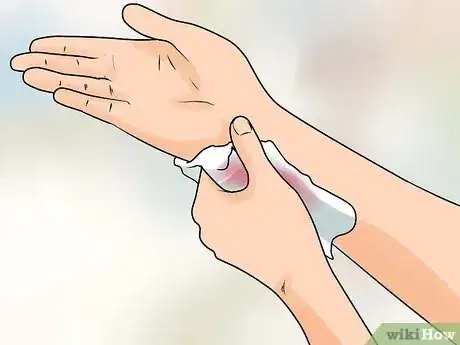
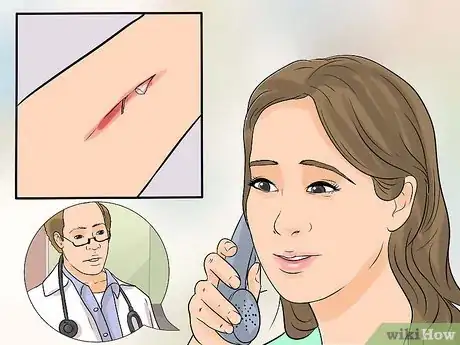
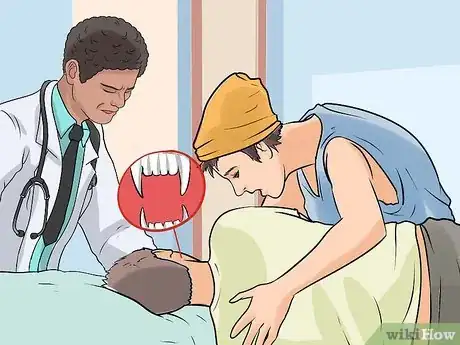
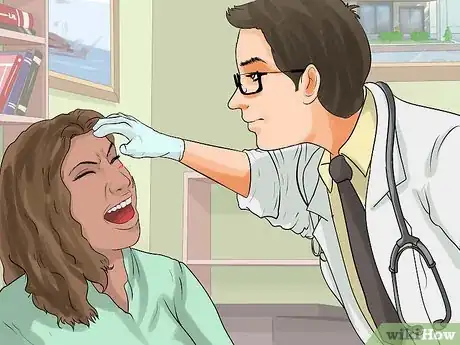
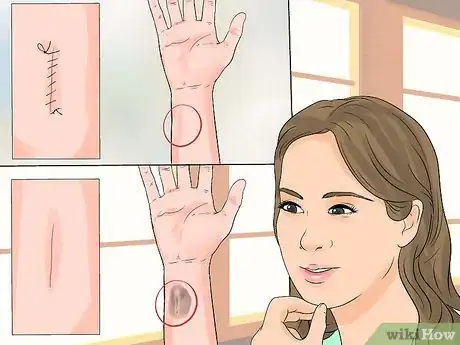
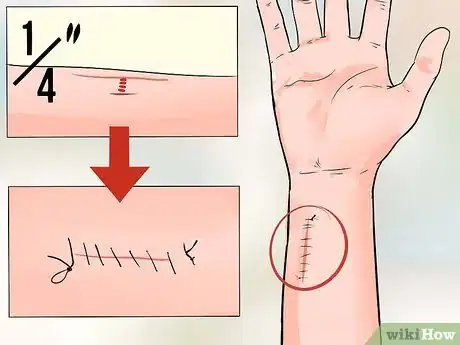
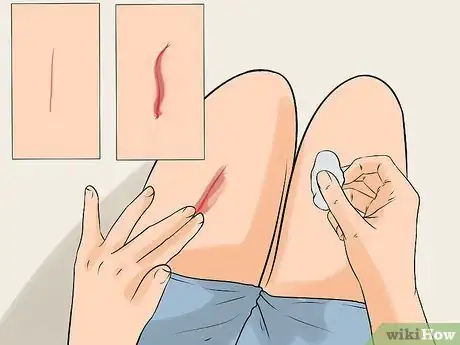
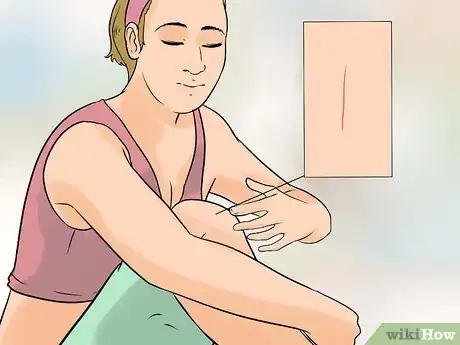
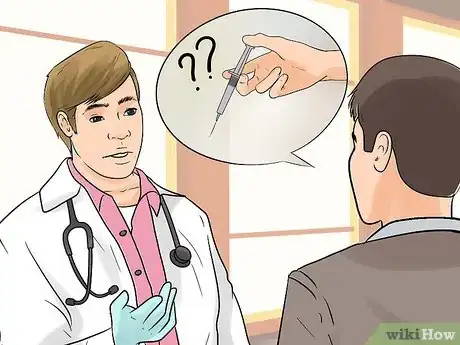
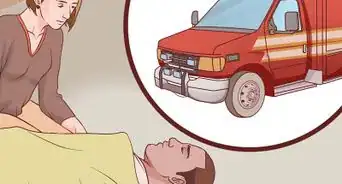
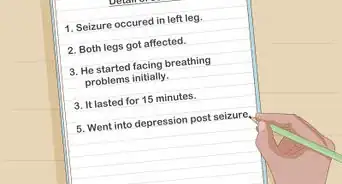

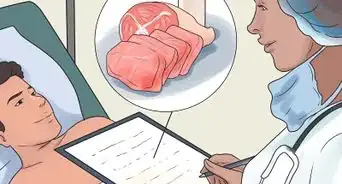
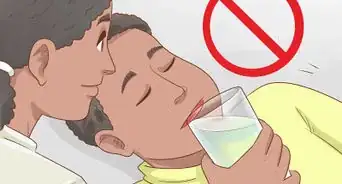
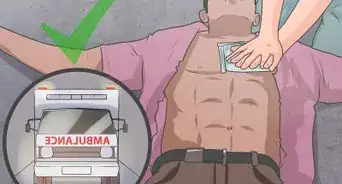
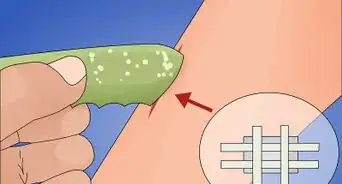
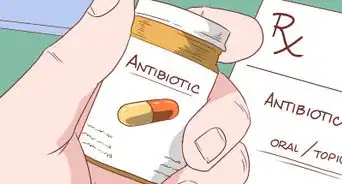

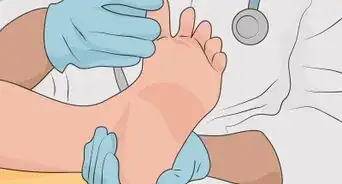
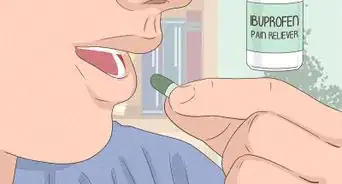
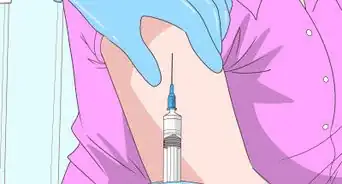
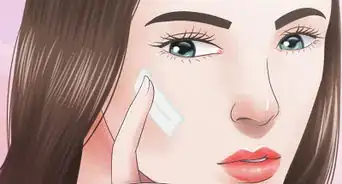
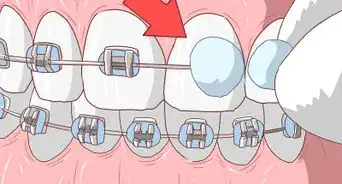











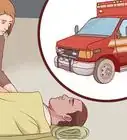
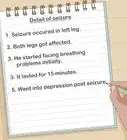
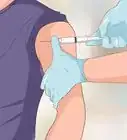
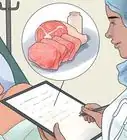



































Medical Disclaimer
The content of this article is not intended to be a substitute for professional medical advice, examination, diagnosis, or treatment. You should always contact your doctor or other qualified healthcare professional before starting, changing, or stopping any kind of health treatment.
Read More...